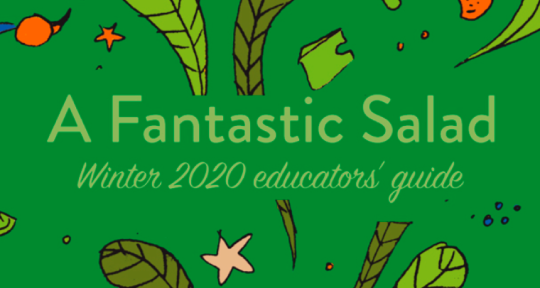Austral by Carlos Fonseca, translated from the Spanish by Megan McDowell, Farrar, Straus and Giroux, 2023
“What is the social impact of translation?” is a question that often buzzes in my ear like a hungry mosquito, especially when I read translated books, and even more commonly when I try to teach colloquial expressions in Spanish to my non-Hispanic friends—more precisely, Spanish from Mexico City, my hometown. Immediately, attempts at clear definitions become convoluted, uncertain, ambiguous—in a word, atropellados (literally “ran over,” an adjective that refers to stumbling over words). I sound more or less like this:
“Take ‘chido/chida/chide’ [CHEE-duh/-da/-de] (adj.). It can technically mean ‘cool,’ but also ‘good,’ ‘agreeable,’ or ‘comfortable’ (for things and places and preceded by the auxiliary verb ‘estar’); it also means ‘nice-kind-laidback-easygoing-friendly’ (for someone who meets all and every one of these attributes and with the verb ‘ser’); or ‘ok, no problem,’ and ‘thank you’ (in informal social interactions with a close friend but not necessarily an intimate one and, crucially, with an upbeat intonation)…but if you want to make things easier for you, just remember that in any colloquial situation where you would say ‘cool’ in English or the closest equivalent in your mother tongue, you can say ‘chido.’ Don’t forget to adjust the last letter for the grammatical gender of the noun, or the preferred gender of the person you are referring to. Recently, non-binary gender is expressed with an ‘e,’ but some people prefer ‘ex,’ or the feminine (a), or do not have any strong preference. When in doubt, ask.”
Similarly involved and protracted explanations often result in simpering faces and jocose efforts by my bravest friends to try out the words I share. More common, and more fun, is when friends also share their favorite colloquial untranslatables in their mother tongues, eliciting everyone’s excited perplexity and marvel at the abundance of meaning and the frustrating difficulties of carrying that meaning across languages and cultures. When we try to explain these terms, it is as though their translation abruptly hits the brakes on our language, pushing us into linguistic confusion with the inertia from the sudden interruption. In other words, translation begets disorder, upsetting the comfortable and normally thoughtless flow of everyday language. This sensation—which emerged in me after my recurrent attempts at translating colloquialisms—appears more subtly and robustly in the 2023 novel Austral by Carlos Fonseca and its translation by Megan McDowell. Disorder, Austral suggests, lies at the heart of translation’s social potential, as it makes translation (its exercise and its experience) essential for radical change.


